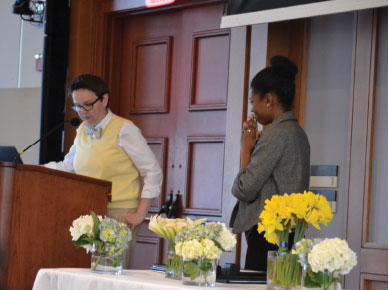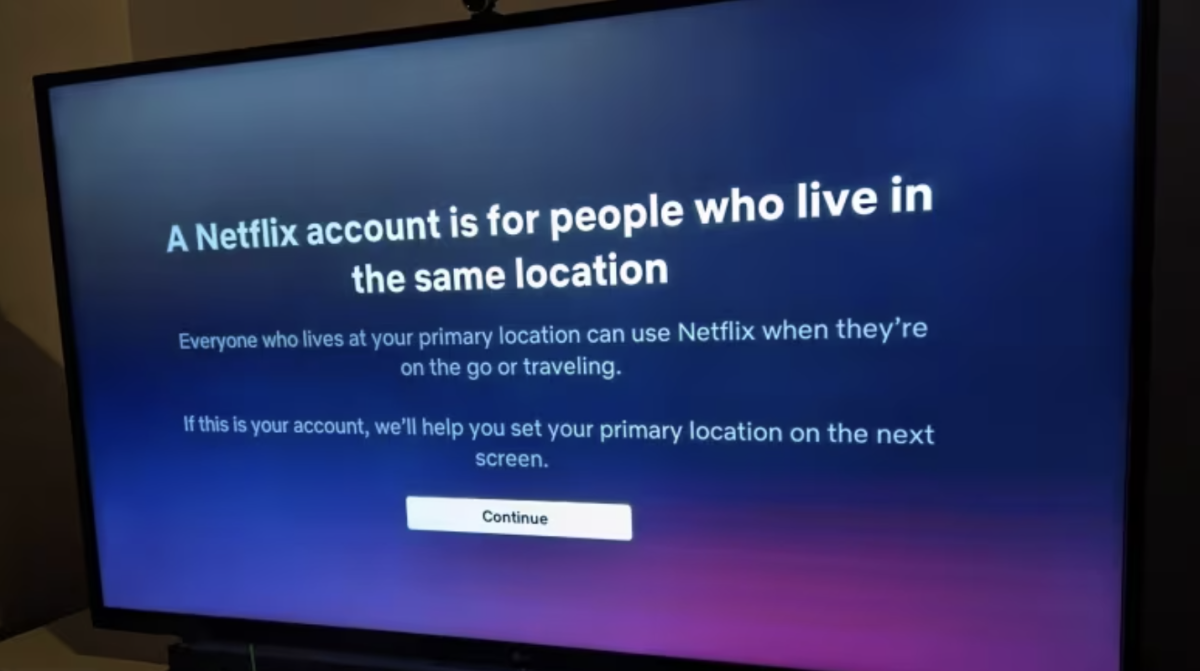When people think about college health, they usually think about students gaining the dreaded “freshman 15.” That was certainly the case even four years ago when the Simmons College Class of 2014 enrolled. But that may no longer be the biggest nutritional issue facing some college students. Recent studies suggest an unexpected large number of students may actually have severe food insecurity.
We know what you’re thinking: really? How can this be the case?
A study recently published in the Jan. 9 issue of Journal of Nutrition Education and Behavior surveyed students at the University of Oregon and found that 60 percent of the people interviewed felt that they did not have enough access to affordable, healthy foods, a condition known as “food insecurity.”
Students become food insecure when they are unable to afford or have limited access to nutritious food. This puts the students’ physical health, mental well-being, and academic performance at risk.
Food insecurity is a detrimental problem on college campuses; the rate of food insecurity on college campuses is higher than the food insecurity of U.S. families.
Only 15 percent of households in the country are food insecure, according to a 2012 study by the U.S. Department of Agriculture. This value is deceiving because the condition is not well known within the general public.
Food insecurity in colleges and universities can have lasting negative impacts on students’ cognitive, academic, and psychosocial development. The lack of healthy food options such as fresh fruits, vegetables, and low-fat protein sources affects students’ academic performance and well-being.
Other studies have found a connection between food insecurity and academic problems. Mainly those students who reported food insecurity were more likely to have a GPA less than a 3.1 compared to their food secure classmates.
Researchers suspect the high cost of college tuition, along with the recent rise in low-income and first generation students attending college, is partially to blame because students have less money to put towards quality healthy food.
But even students with jobs are not immune as they are twice as likely to report experiencing food insecurity. Some participants worked 18 to 42 hours a week on average while still maintaining full-time student status. This severe time constraint leads to catching meals on the run, fast food or other “late night” options.
Although this study was conducted at a single college in Oregon, researchers are confident that food insecurity is a problem that impacts college students nationwide.
Other studies have found similar levels of food insecurity among college students when they studied student bodies at different universities. They found 39 percent of the students at the City University of New York and 45 percent of the students at the University of Hawaii felt food insecure.
At Simmons College, students on the meal plan have some healthy options but they are limited.
Resolving the issue of food insecurity will take time, as people are just learning about the problem. But there are some steps that can be taken by universities and colleges. Some colleges have found success through on-campus farmer’s markets and food pantry systems. These would be a good source of healthy foods for students.
This editorial was contributed by Ava Salistky























